Like many of you, the Casual Photophile team is mostly stuck at home while we wait for our cities and towns to reopen. In the social distancing era (which we hope will be short-lived), we’ve found it a challenge to get out and shoot the cameras and lenses we’ve been planning to write about. To stave off cabin fever, the writers and I have been engaging in all sorts of obtuse photographic thought experiments. Today’s article was born from one such exercise.
In a conversation last week amongst the crew, one of our lot posed the question: What are your favorite cameras made outside of Germany or Japan? It had us thinking. Is it an interesting question? Sure. Is it worthy of an entire article? Probably not, in normal times. But we’re doing our best to keep you stimulated. And maybe you’ve never thought about this?
Take a poll among photographers and camera nerds asking them to list their top five cameras, and it’s likely that the lists would be completely dominated by cameras from Germany and Japan. All it takes is a quick mental accounting of camera manufacturers to underscore the outsized role these two nations have played in the industry. Minolta, Canon, Nikon, Pentax, Ricoh, Leica, Zeiss, Rollei – these are big names that prove the capitals of the photographic world have long resided in places like Wetzlar, Tokyo, Jena, Osaka, and Dresden.
But there have been camera producers elsewhere in the world, and many of them have been responsible for some truly excellent and interesting products. Today we take a look at five of our favorites.
Give it some thought and tell us yours in the comments.
Polaroid SX-70
The opening sequence of Wim Wenders’ Alice in the Cities, finds its protagonist traveling through America on assignment to write an article describing the country to Germans back home. Eventually he shows up at the magazine’s New York office with only a pile of Polaroids taken with his SX-70. The editor’s shocked that there aren’t any words accompanying the shoebox of instant images.
Anyone who’s taken a Polaroid understands the writer’s dilemma: There’s something uniquely indescribable about an instant photograph, and within instant photography, no brand is more iconic than Polaroid. In fact, outside of Kodak, no other company came close to defining the American photography industry.
No Polaroid camera is as iconic as the SX-70 folding SLR. Polaroid produced a nearly endless number of instant cameras, almost all completely plastic and automatic. The SX-70 is a different beast, at once more elegant and svelte than any of the company’s other cameras. James’ article on the SX-70 captures the romance and nostalgia the camera exudes.
There is nothing cheap feeling about this camera, made from metal, leather, and glass. The care and dedication that Edwin Land put into its creation shows in its design and functionality. It could take instant photos faster than anything else on the market, and once the photographer was finished, he or she could fold the camera and fit it into a jacket pocket. Unlike the plastic lenses typical to most Polaroid cameras, the SX-70’s four-element 116mm f/8 lens was all glass and engineered to be a big cut above every other instant camera lens. It was also an SLR camera, with a newly engineered mirror system, as well as a new auto-exposure system and creative flash control.
That the engineers at Polaroid were able to fit all of this groundbreaking work into the SX-70 made the camera a revelation in its day. It really was a modern marvel. But in translating Land’s vision for the camera, they also succeeded in creating a masterpiece of unmatched industrial design and technical capability, all without losing the spontaneity and magic that makes the instant image such a magical experience.
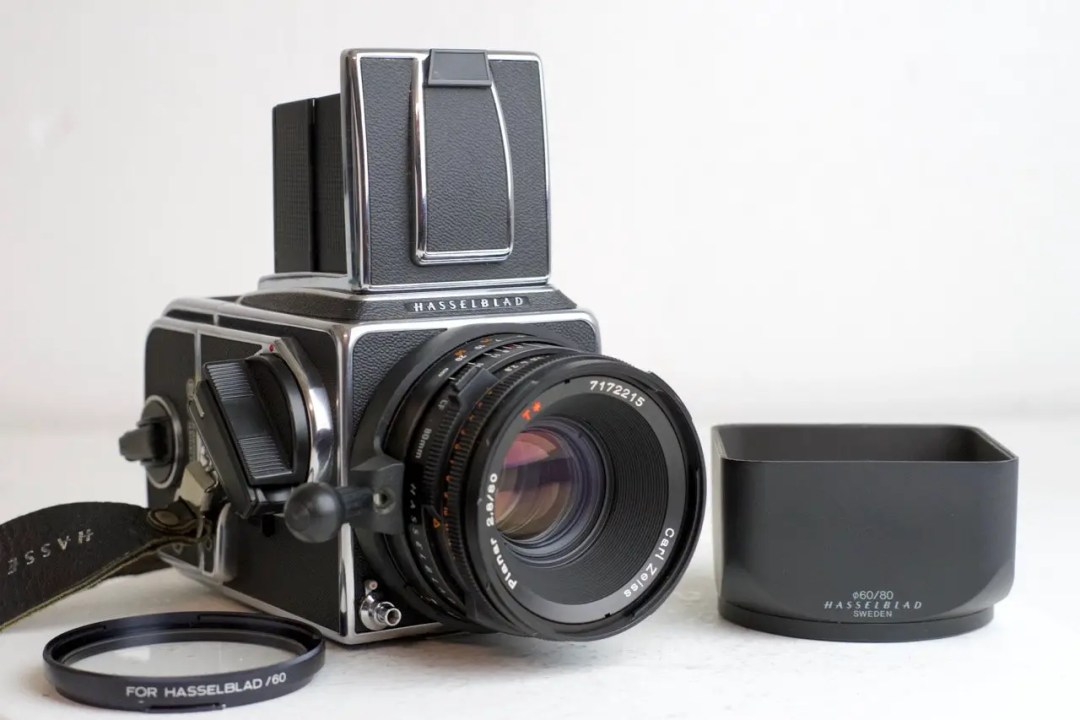
Hasselblad 500cm
Swedish companies have proven a number of universal truths: that Volvos will run forever if allowed to; Ikea Kallax shelves are the best shelving for a record collection; Spotify has continued proving that customers will always sacrifice quality for convenience. While the jury is still out on the case of Italian vs. Swedish meatballs, there’s no question that Sweden has a deserved reputation for dependable and innovative product design. For a while, this extended into the camera industry.
Hasselblad’s reputation for quality is so widely accepted that it’s more of a maxim than it is a myth. The Hasselblad has been the epitome of high quality in medium format photography for more than seventy years. How many other cameras are of such a high calibre that they’ve snapped photos on celestial bodies other than Earth?
Born from one Swede’s desire to take better pictures of flowers, the Hasselblad V series is a modular camera system designed to take different lenses, film backs, and other accessories. Each component of the camera can be removed and swapped with something else, and this versatility made the series popular with pro photographers. Other manufacturers took note and the modular system became the gold standard for medium format professionals who enjoyed the ability to switch lenses and film stocks on a whim, both in the studio and on location, even if the location is on the surface of the moon. While other modular systems, like Mamiya’s RB67, caught on in popularity, none could match the prestige of Hasselblad’s system.
Of all the variants in the series, the 500cm was most ubiquitous, being produced from 1970 to 1994. As Aaron explained in his article on the V series, the M in the name indicated the ability of the end user to modify the camera, instead of requiring a technician. With the 500cm, photographers could easily swap focusing screens based on need. The twenty-four-year production run is enough to speak to the camera’s quality, but it also means that the used market for the camera can be treacherous. Like that IKEA futon you had in college, these cameras were workhorses, and treated as such.
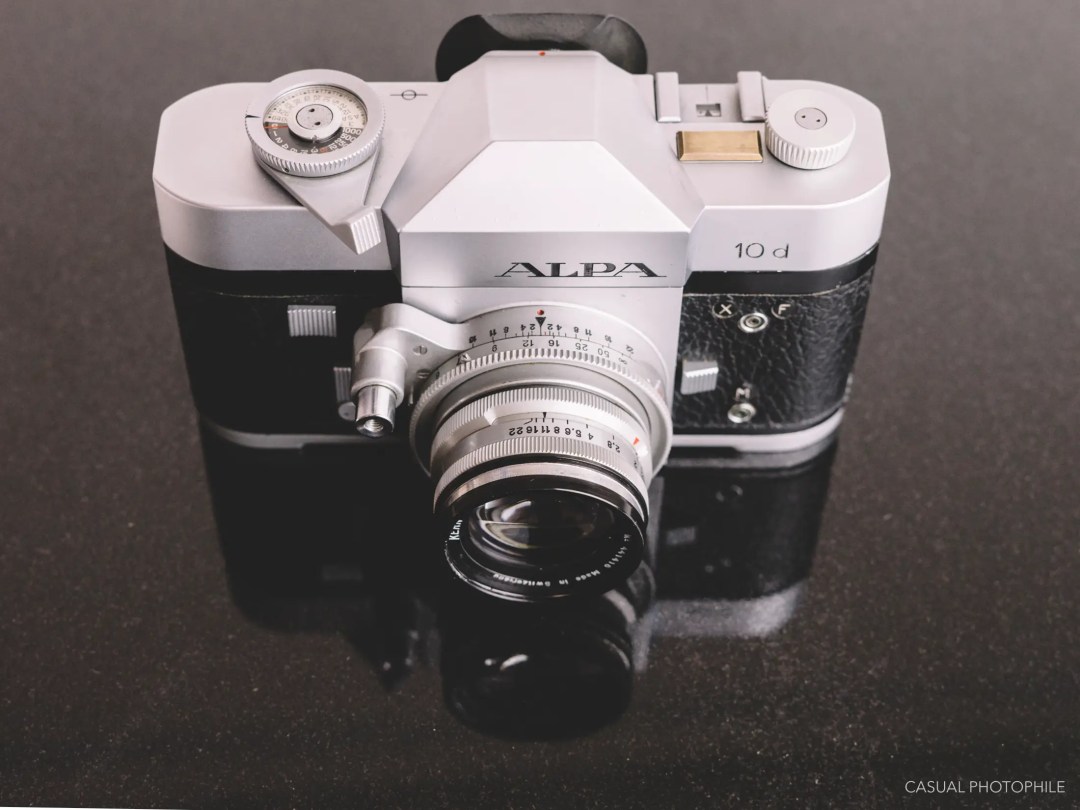
Alpa 10D
Choosing a camera from Switzerland may seem like cheating, as it’s in the DACH countries (Germany, Austria, Switzerland) that make up the German-speaking world, but ask any German or Swiss and they will assure you that they are not the same people. To get a feel for the distinctive Swiss industries, just take a walk through Geneva, where nearly every business is either a bank, a watch retailer or a cheese and chocolate specialist. The Swiss concept linking all of those is a penchant for specialized, high-end products.
Specialized and high-end are perfect descriptors of Swiss camera manufacturer Alpa. It could be argued that Alpa makes cameras so niche that only a handful of camera nerds even know the brand exists. (We do and have written about them.) In a manner that would even make Leica fans blush, today’s Alpa describes its cameras as “precision tools, made with passion and skilled craftsmanship for a small group of connoisseurs.” The 10D was one of Alpa’s final cameras made in Switzerland before the company started outsourcing production to Chinon.
Alpa cameras are all mechanical, made with generous amounts of metal and accented dollops of brass, including a small rectangle where the owner could engrave their initials. In his review of the 10D, James highlighted some of the camera’s quirky design features, including a reversed film advance lever, three-cell metering system and unique rewind system. He likened it to a forty-year-old sports car, an apt analogy when you consider the bespoke lens mount that only allows for some of the world’s most incredible glass. In spite of its quirks, the 10D is a straightforward machine, a camera that emphasizes necessity over convenience.
It’s a basic camera with a spec sheet not dissimilar to a Pentax K1000, but it’s made so brilliantly and with such care for detail that the two cameras seem to live in different universes. And in a sense, the Alpa does stand apart from everything else: it’s an expensive, deliberate machine, made to order by people with a love of proper industrial design and not bound by the demands of accountants or the market. In that sense, it’s a wonderful camera, and a wonderfully Swiss creation.
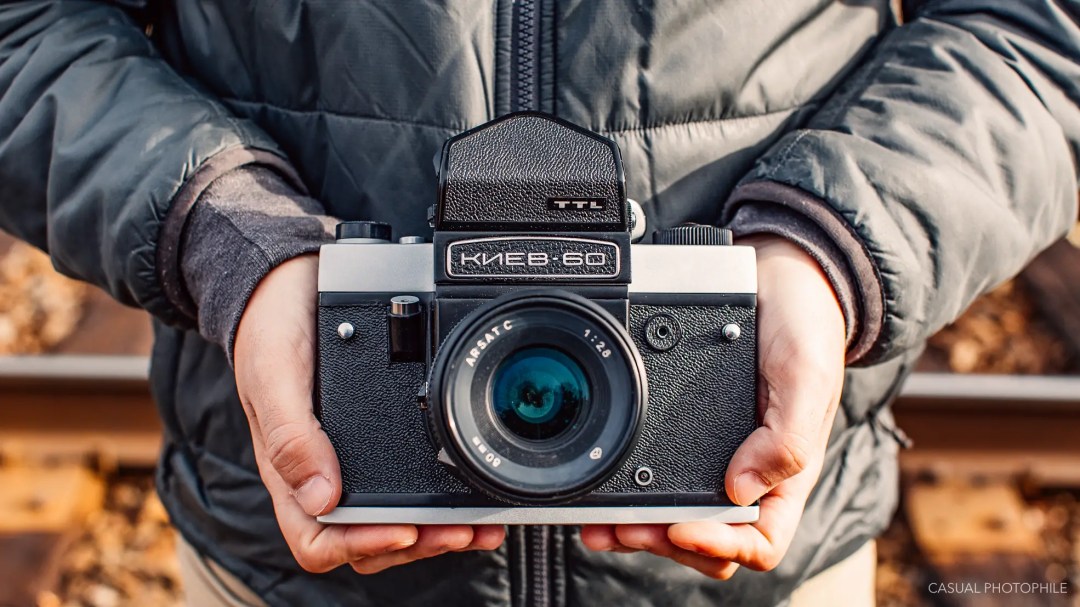
Kiev 60
Each of the previous cameras have shared the common thread of being uniquely well designed and constructed. The fourth camera on this list takes things in a different direction – a more eastern direction. It really would be irresponsible to not have Russian, or Soviet rather, representation on a list like this. Names like Zenit, Zorki, Kiev, and others released dozens of cameras that today are incredibly cheap and usable. While their quality control doesn’t quite match up with names like Hasselblad and Alpa, Soviet cameras are still relevant today, and even gave birth to modern brands like Lomography.
When the Kiev brand (it’s not really a company per se) moved into medium format cameras, its first entry, the Kiev 88, was a forgery clone of the Hasselblad 1600 F. The likeness was so identical that it was nicknamed the “Hasselbladski.” Even more unfortunate was the 88’s reputation for low quality and its unique lens mount that didn’t allow for using other lenses like the superb-by-comparison offerings from Carl Zeiss Jena. The next camera, the Kiev 60, was a completely different approach, an SLR instead of a modular system, modeled loosely off of the East German Pentacon Six and including that camera’s C-mount. The 60 also holds up much better today than the 88, especially as a budget-friendly entry point for medium format photography.
The Kiev shares many of the characteristics typical to cameras made in the U.S.S.R. It’s a massive rectangle, weighs heavy on the scales thanks to its metal construction, is basically designed to be cheaply repaired, and looked twenty years old on the day it was released in 1984. These aren’t necessarily bad traits. The camera’s simplicity of design and abundance make it extremely affordable and easy to replace. It looked dated when it was released, but it doesn’t really look any older thirty-six years later. It came with an 80mm f/2.8 Arsenal Volna-3 lens, prone to flaring but completely without distortion, and also allowed for shooting the entire gamut of lenses made for the Type-C mount.
Medium format cameras rarely come covered with bells and whistles like a 19th century field marshal. They’re often just light-tight boxes that only allow for the changing of shutter speeds and maybe the setting of a timer. They are typically geared toward professionals, or at least those capable of doing in their mind what other cameras do with circuitry. In the end, it’s all about that fat and juicy 120 negative in the back of the camera and the epic glass that sits on the front. And in that sense, the Kiev 60 fits the bill. You can create stunning images with this camera. What’s even better is that it can be bought for pennies on the dollar compared with its contemporaries made in Germany and Japan.
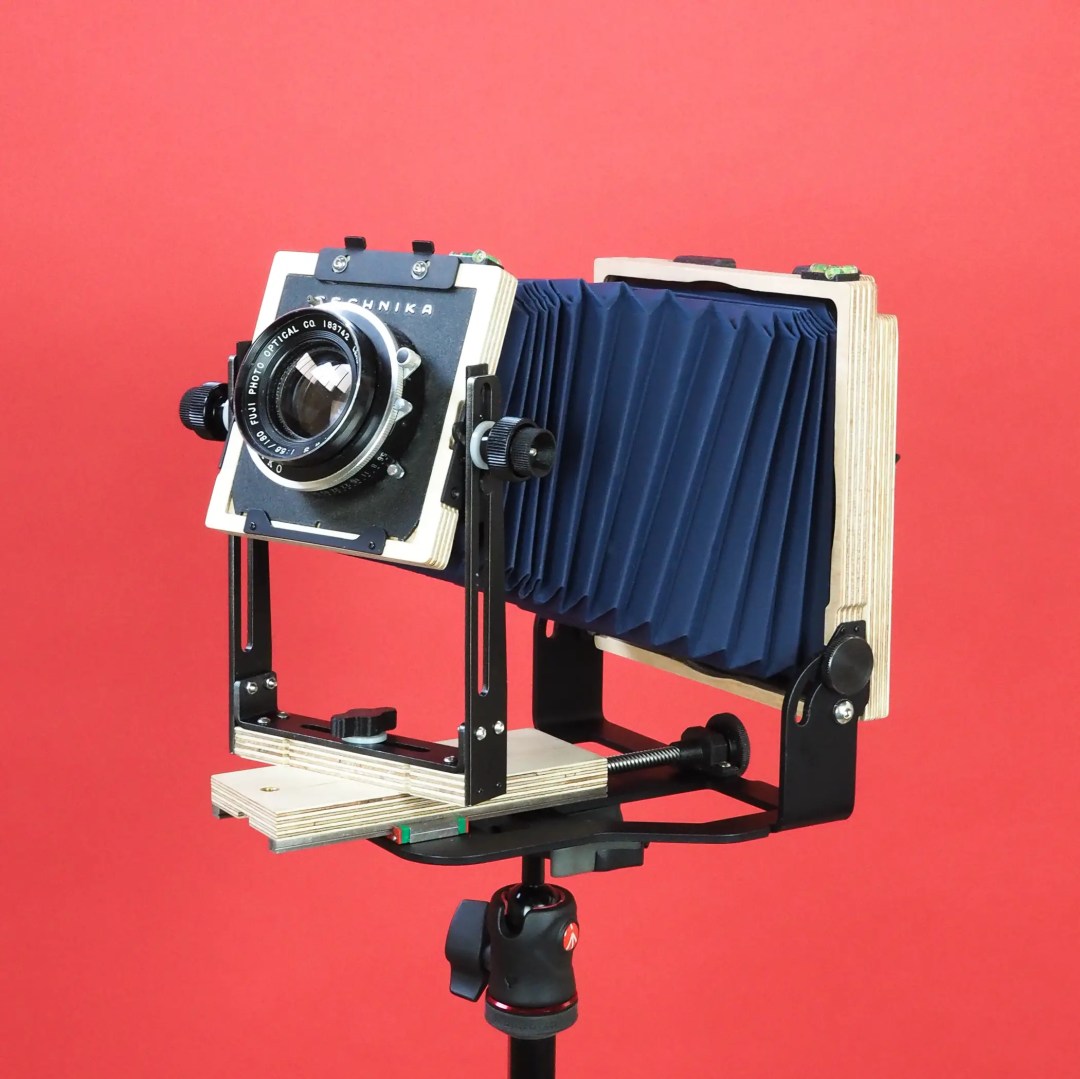
Intrepid 4×5 Mark 4
Now for another left turn. The final entry on the list is both the newest camera, and the one using the biggest, most expensive film of the five. No one has yet created a digital sensor that matches the resolution and quality of a large format negative. But with great format size comes a greater price tag, and the cost per frame of 4×5 and 8×10 film is exponentially higher than smaller formats. Then add the expense of the camera and the lenses with all the accoutrements and the price gets even steeper. So for many of us, myself included, large format photography remains our version of the mashed potato mountain from Close Encounters. Something we can’t get out of our head, but can’t seem to fully realize.
But the Intrepid company has achieved something of a modern miracle by creating a series of cameras that are relatively cheap and portable, two words seldom associated with large format photography. Based in England, Intrepid is currently on the fourth version of their 4×5 and second version of their 8×10 field cameras. The cameras are made from birch plywood, rust- and oxidation-proof aluminum, 3D-printed plastic derived from plant starch, with bellows made from nylon with a special lightproof interior casing. The choice of materials makes the cameras extremely light compared to other field cameras (the 4×5 weighs 2.6 pounds, the 8×10 5.5 pounds) and the design puts a priority on portability. The price is also refreshingly low for a newly made field camera. The 4×5 Mark 4 costs 280 pounds, or $350 and the 8×10 Mark 2 costs 480 pounds, or $598. The comparatively low cost also comes with the knowledge that a real, existing company is available for support.
Getting into large format photography can be an overwhelming idea. It’s not just the negative that’s bigger, it’s the potential, the demand for precision and the fact that each shot costs bills and not coins. Everything is slightly different and the process is much slower. By offering an affordable and portable camera, Intrepid gives photographers an easier entry point into what can be an incredibly rewarding photographic experience.
Follow Casual Photophile on Facebook and Instagram
[Some of the links in this article will direct users to our affiliates at B&H Photo, Amazon, and eBay. By purchasing anything using these links, Casual Photophile may receive a small commission at no additional charge to you. This helps Casual Photophile produce the content we produce. Many thanks for your support.]
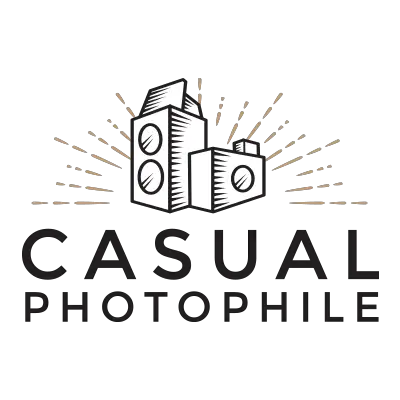
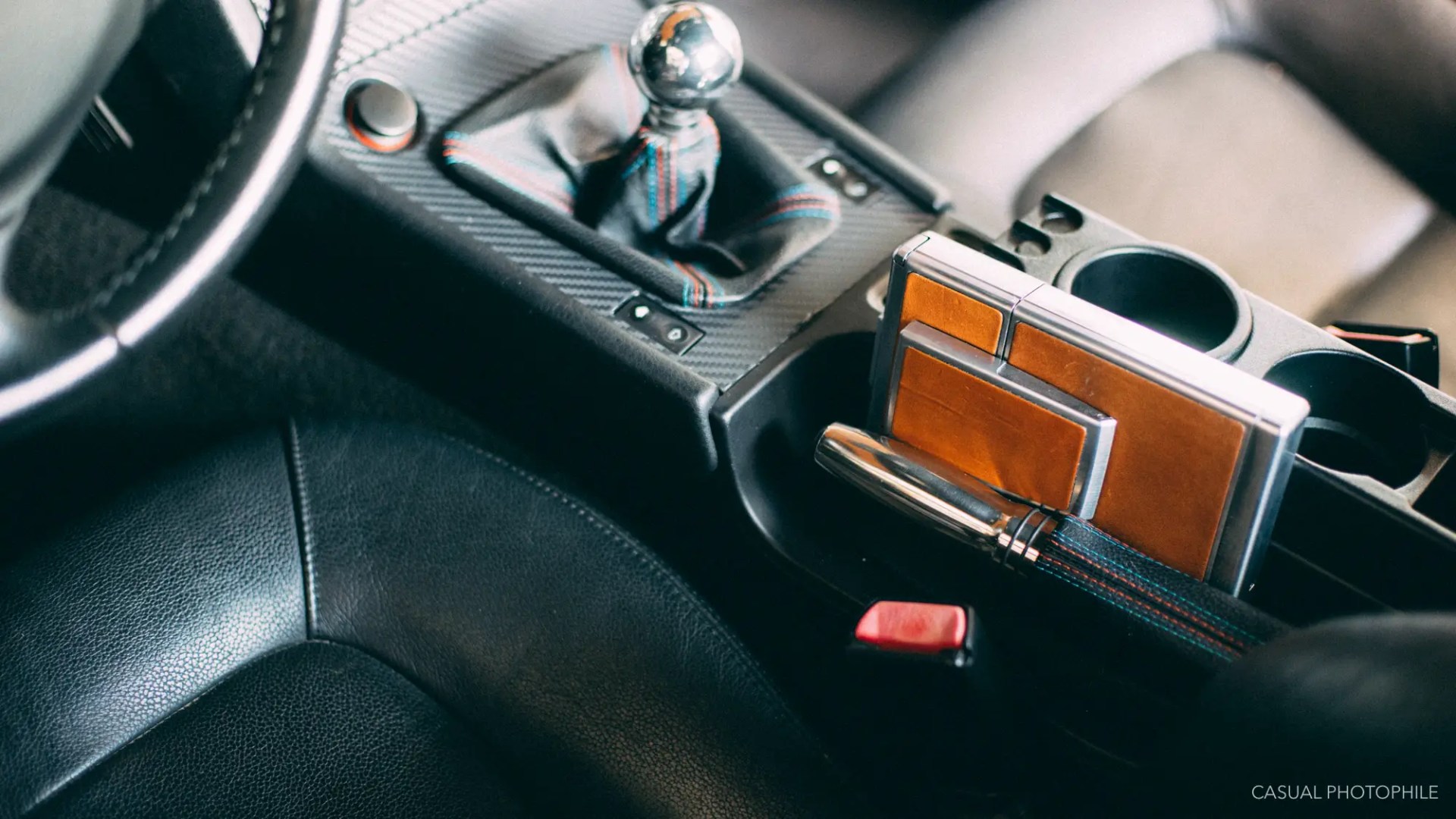
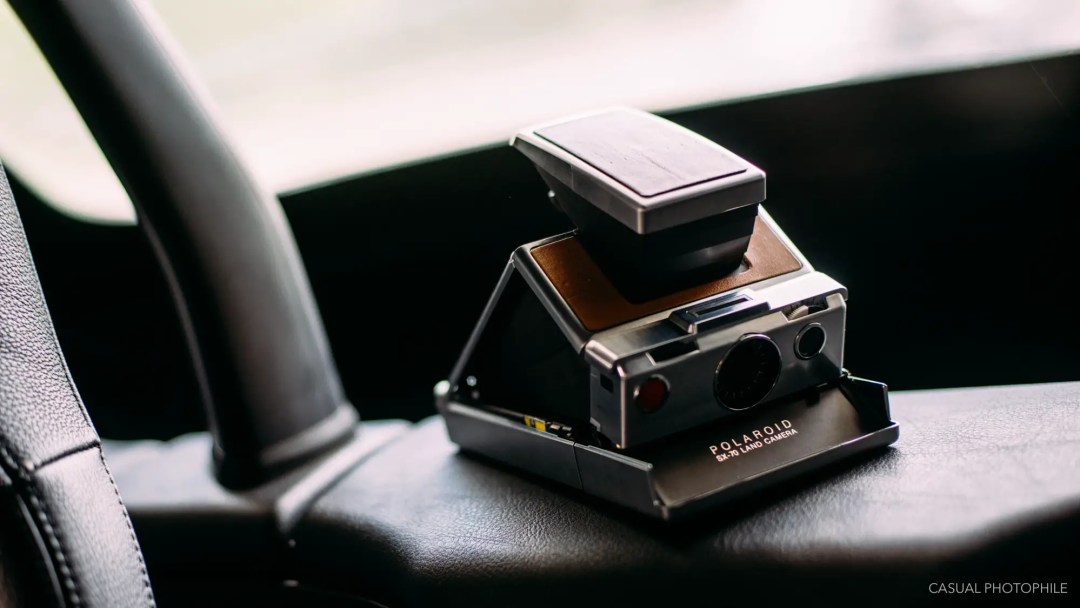

My favorite in this category is my Kiev 2a with a Jupiter 3. Great lens, nice wide-based bright rangefinder, and I like the focus wheel. And the rather pneumatic sound of the shutter.
Another favorite in the Kiev 10 slr, with a Mir 20mm. I love its retro-futuristic design and innovative fan shutter, and the Mir 20 is a great poor man’s Flektogon.